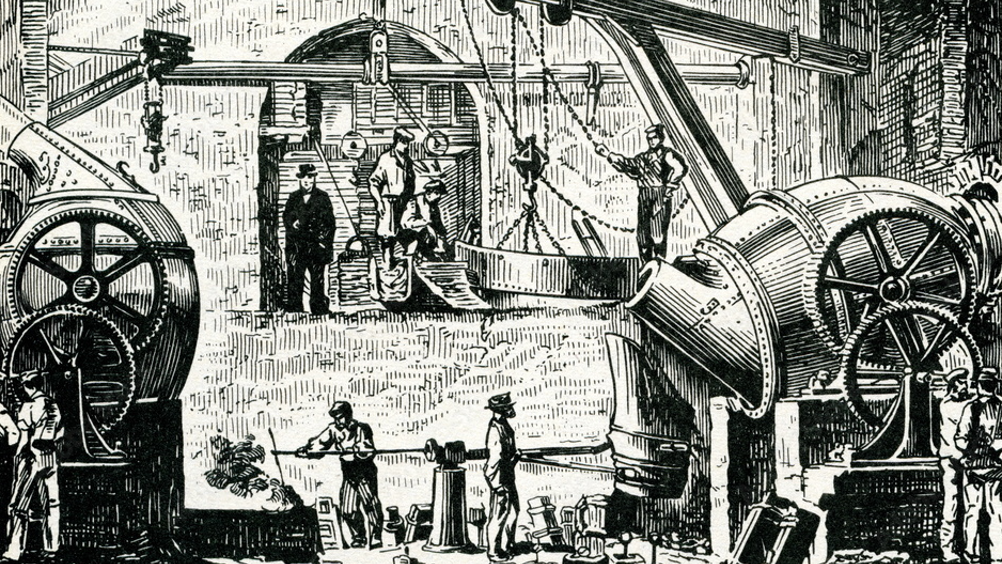October 1856: Beating Bessemer - Forgotten engineer J. G. Martien
Hidden away in the October 17, 1856 edition of The Engineer, is the claim that Henry Bessemer was not the true inventor of the Bessemer Process.

2023 marks the 125th anniversary of the death of great English inventor Sir Henry Bessemer, remembered today for inventing the Bessemer Process: the first inexpensive industrial process for the mass production of steel from molten pig iron.
Delving into The Engineer’s archive, though, begs the question: was Bessemer the true inventor of his process, or just the first to commercialise it? Confined to just a quarter of a page in the October 17, 1856 edition of The Engineer, is the claim that an American working at a Welsh ironworks, J. G. Martien, is the actual discoverer, with a patent for the process filed three months prior to that of Bessemer’s.
The discovery involved using oxygen in a blast of air, blown through molten pig iron to burn off the impurities and thus manufacture steel both cheaply and efficiently. This process revolutionised the steel and iron industry, and the Bessemer Process became the most important technique for steelmaking from 1856 – 1950, lasting the test of time until the introduction of the open hearth method and more technical oxygen steelmaking processes. Bessemer himself was knighted by Queen Victoria in 1879 for his invention and overall contribution to science, and was made a Fellow of the Royal Society in the same year.
Register now to continue reading
Thanks for visiting The Engineer. You’ve now reached your monthly limit of premium content. Register for free to unlock unlimited access to all of our premium content, as well as the latest technology news, industry opinion and special reports.
Benefits of registering
-
In-depth insights and coverage of key emerging trends
-
Unrestricted access to special reports throughout the year
-
Daily technology news delivered straight to your inbox










Water Sector Talent Exodus Could Cripple The Sector
Maybe if things are essential for the running of a country and we want to pay a fair price we should be running these utilities on a not for profit...